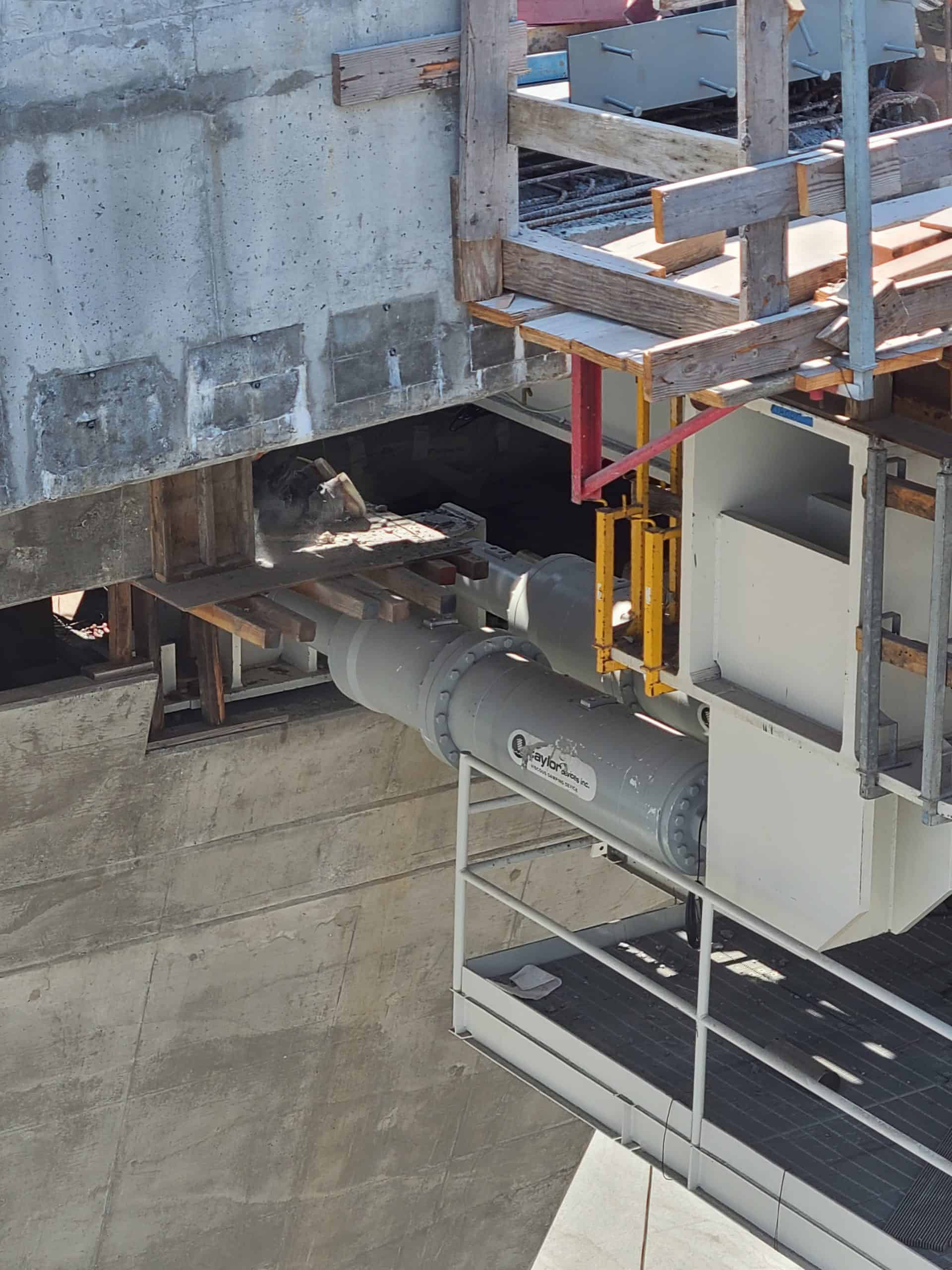
The Gerald Desmond Bridge Opens in Long Beach, CA.
Taylor Devices Seismic Dampers protect the towers & main span of the Gerald Desmond Bridge. Read this fantastic article on how these devices protect the bridge from seismic activity.

Taylor Devices Seismic Dampers protect the towers & main span of the Gerald Desmond Bridge. Read this fantastic article on how these devices protect the bridge from seismic activity.

This article from Equipment World was written about a new pedestrian bridge that opened in Dublin, OH that is built with Taylor Devices’ TMDs.
Modern pedestrian bridges tend to be long and slender, usually causing relatively low frequency primary modes of vibration. This type of structure can be excited to resonance by synchronized crowd footfall. Added damping is often required to prevent excessive structural motions and loadings. This paper describes the Modular Tuned Mass Dampers used to provide the required added damping for the three Spring Mountain footbridges in Las Vegas.
Structural control of large buildings using tuned mass damper systems has gained wide acceptance in recent years. Significant structural performance improvements during wind storms have been realized using both active and passive systems. Disadvantages of employing active systems include high engineering and implementation costs, high maintenance costs, unnecessary system complexities, and the requirement for a continuous and non-interrupted power supply. A design for a passive tuned mass damper system is presented with analytical simulations and component test results. These demonstrate the effectiveness of using a tuned mass in conjunction with a maintenance free, hydraulic damper, having frictionless flexural seals to successfully attenuate the response of a high rise building subject to severe wind inputs.
This paper shows how Tuned Mass Dampers can provide seismic protection for structures. These dampers consist of a relatively small mass, a spring, and a dashpot attached to a point of maximum vibration and in resonance with the structure to which they are attached. They are widely used to control the response of buildings, bridges, towers, chimneys and other structures to wind forces, machine vibrations and occupant activity. For the most part however, these dampers have been considered ineffective to reduce the seismic response of structures. This paper demonstrates that such devices can be used effectively to control the seismic response of structures. The paper presents a basic mechanism that explains under what conditions such dampers may work effectively under earthquake loads. It also provides recommendations for the selection of the mass, stiffness and damping factors. It includes the results of a series of numerical and experimental tests which verify that properly designed Tuned Mass Dampers effectively and consistently reduce the response of many types of structural systems to various types of earthquake excitations.